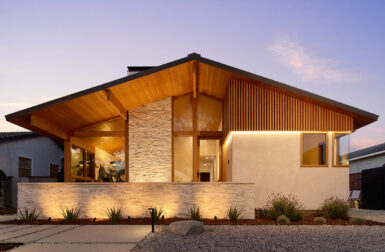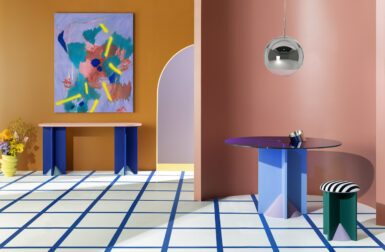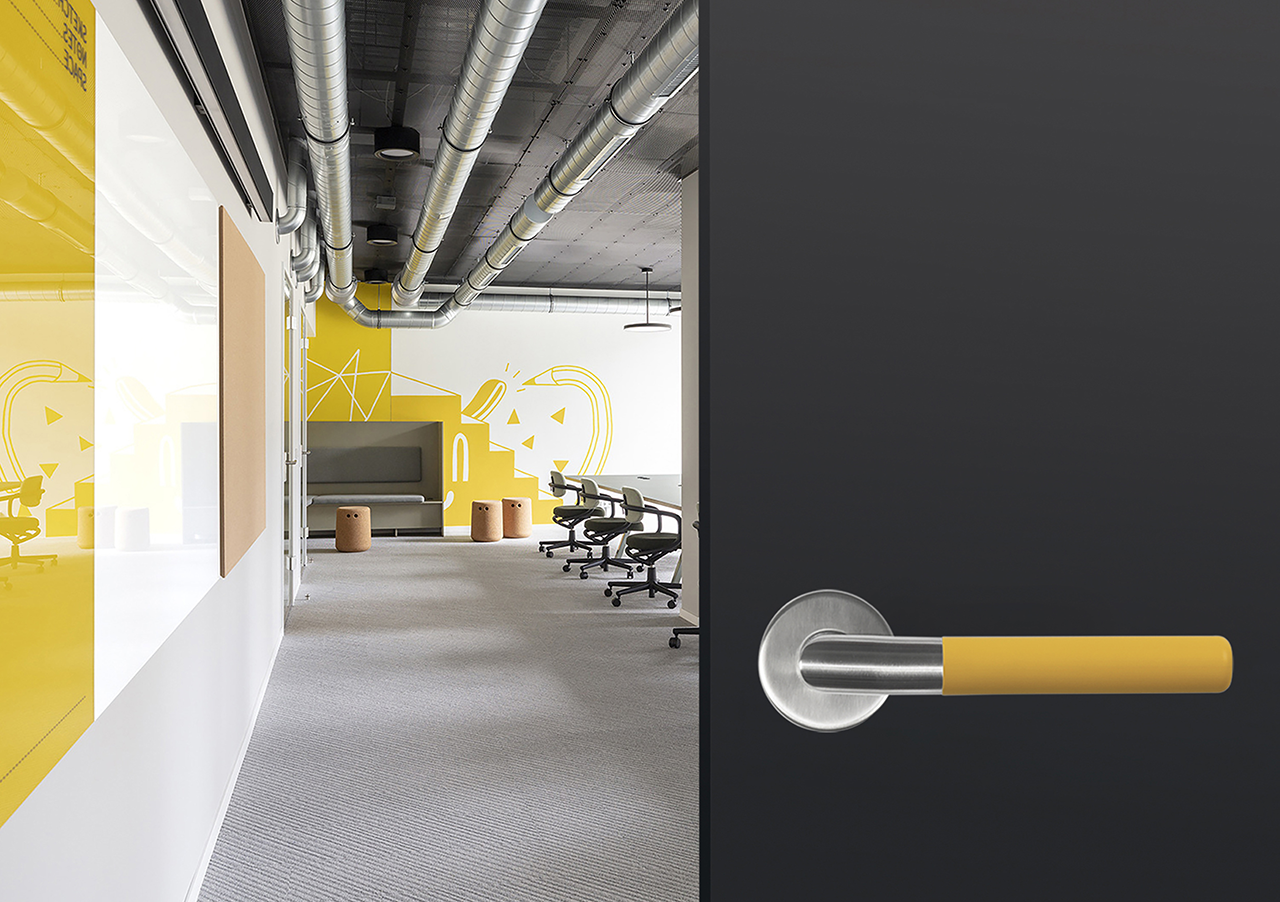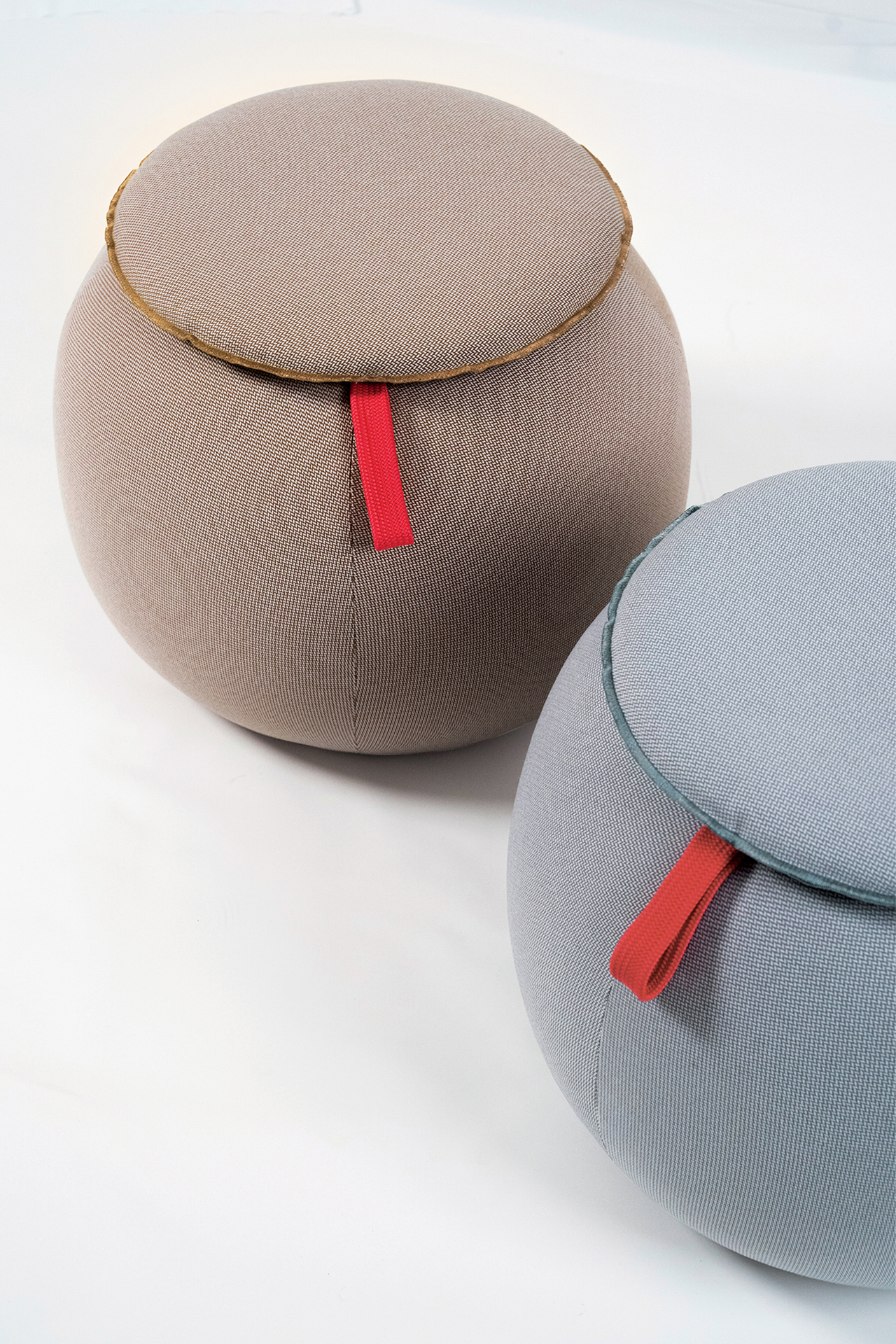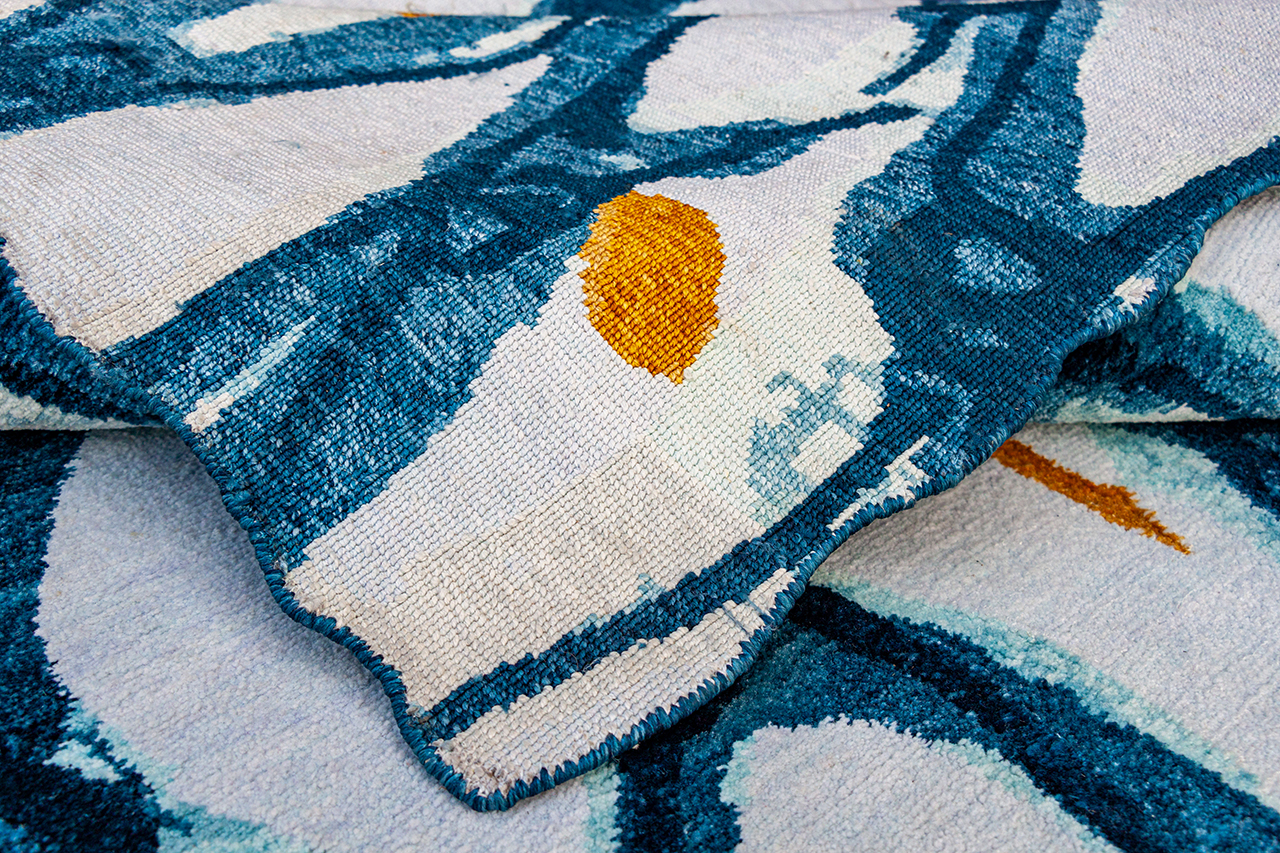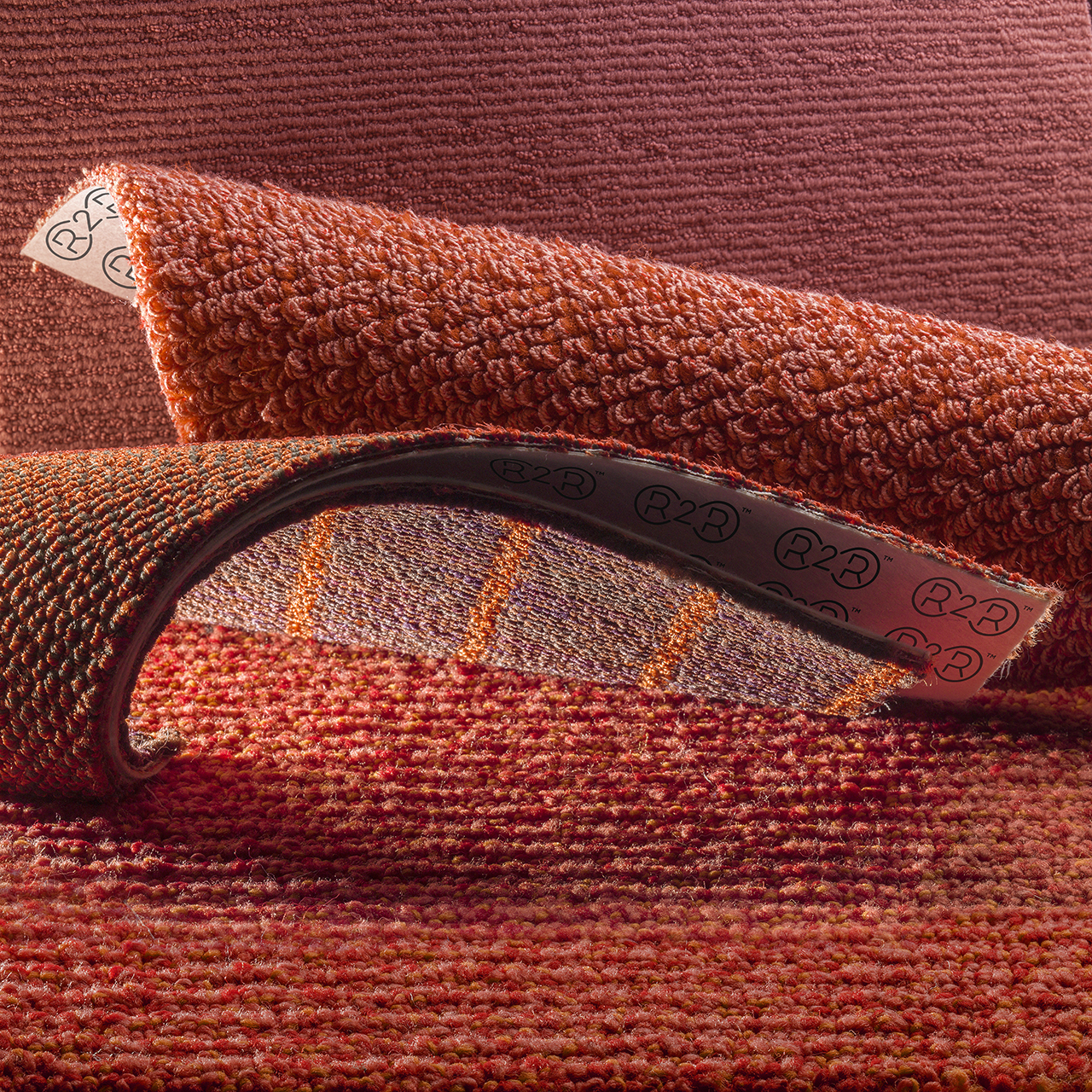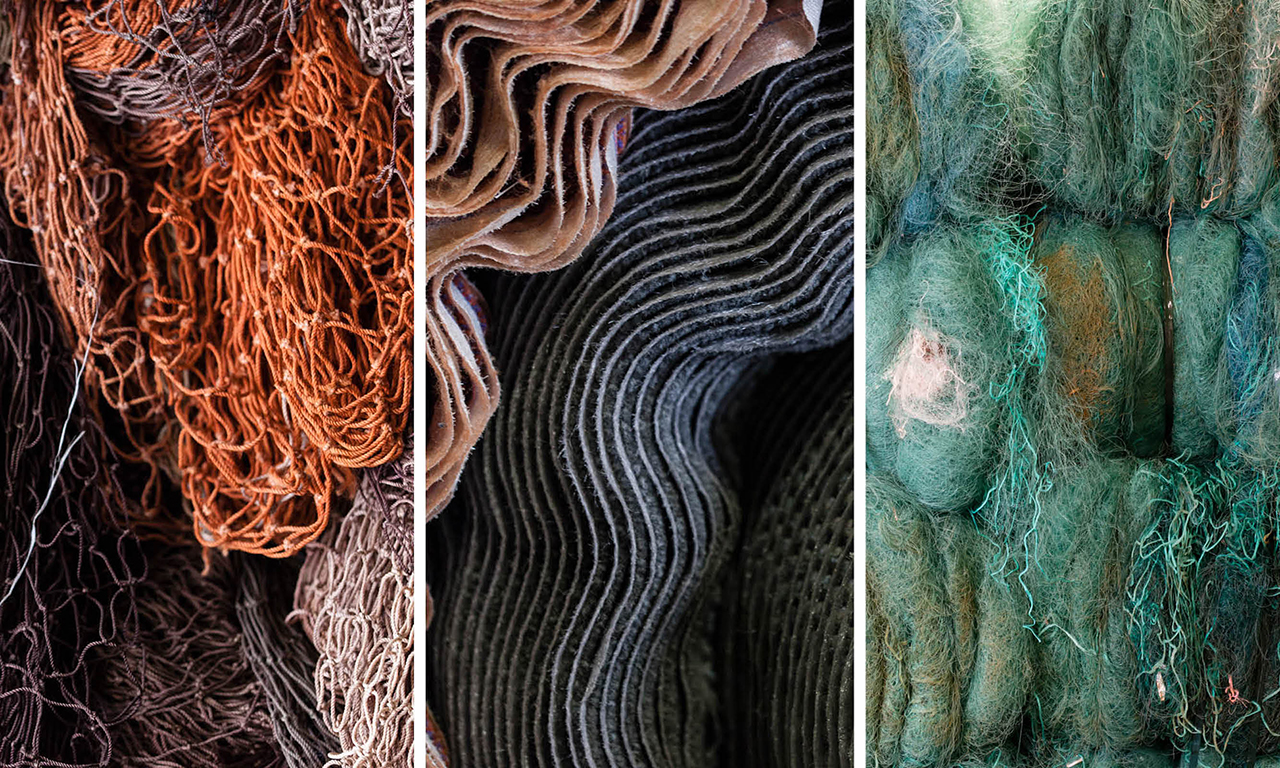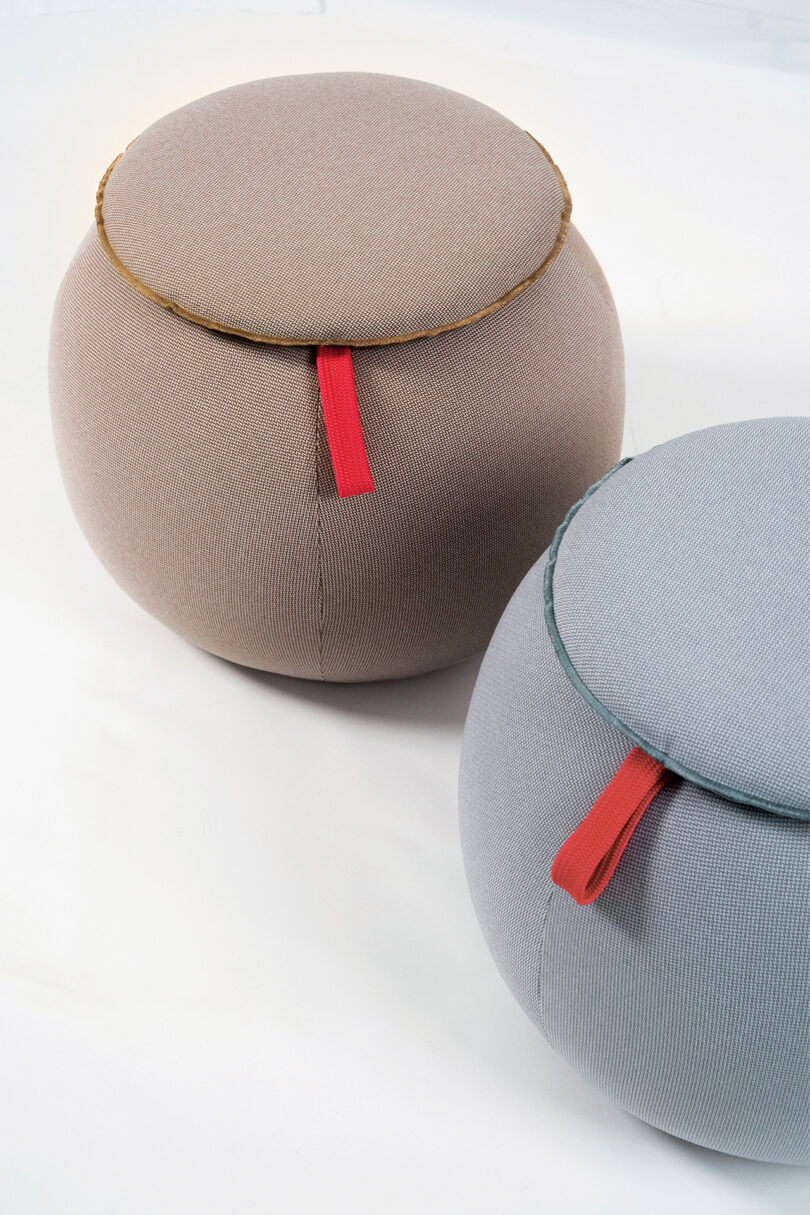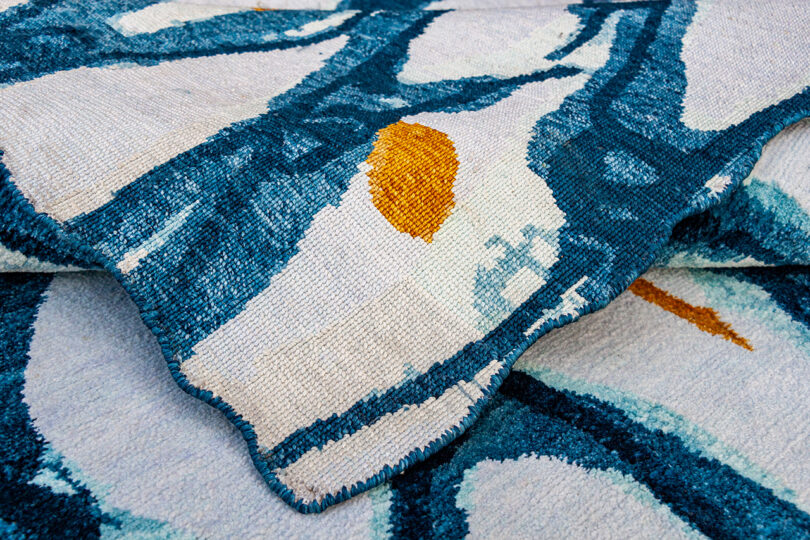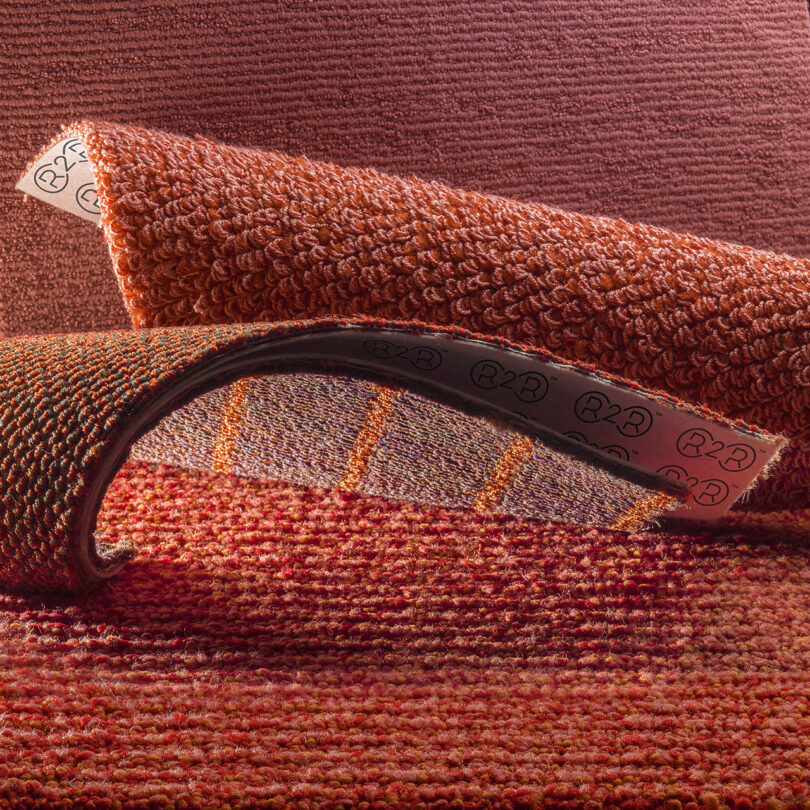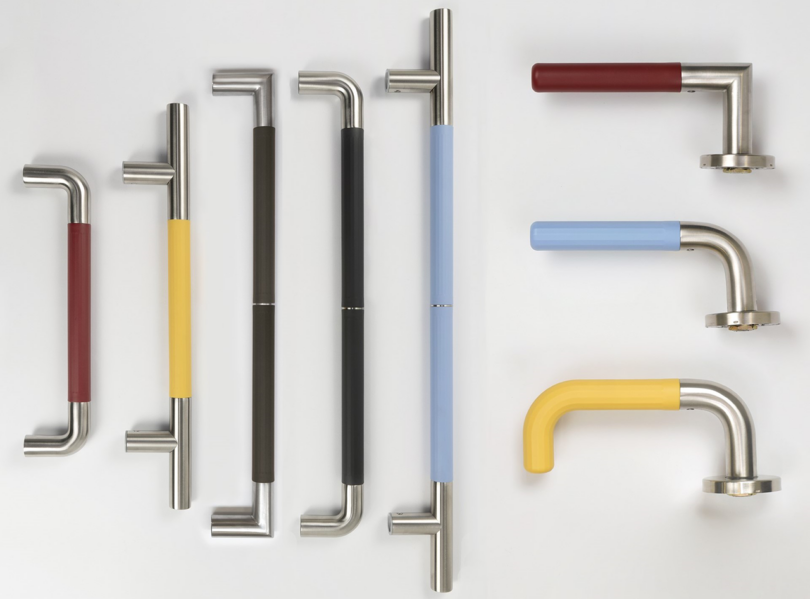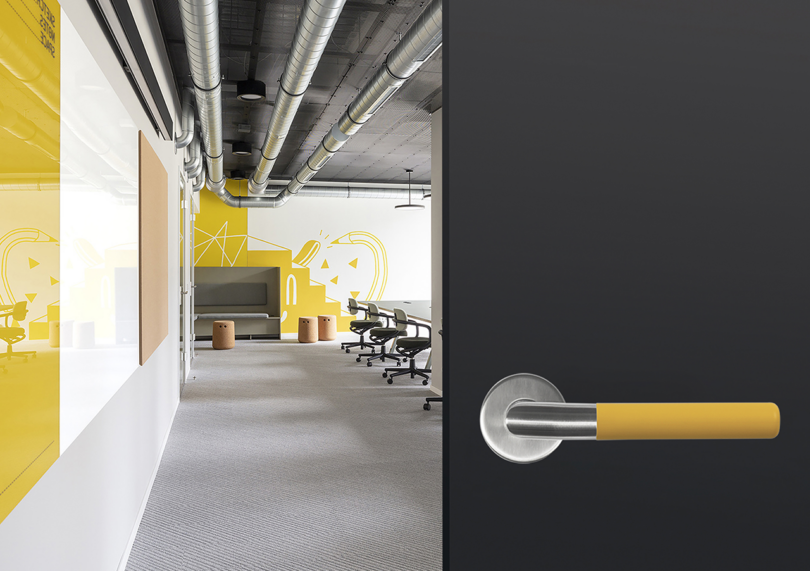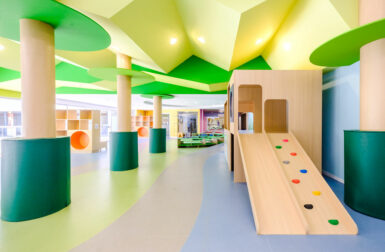Defining the New Meaning of Responsible Design With the ECONYL Brand
The following post is brought to you by the ECONYL® brand. Our partners are hand-picked by the Design Milk team because they represent the best in design.
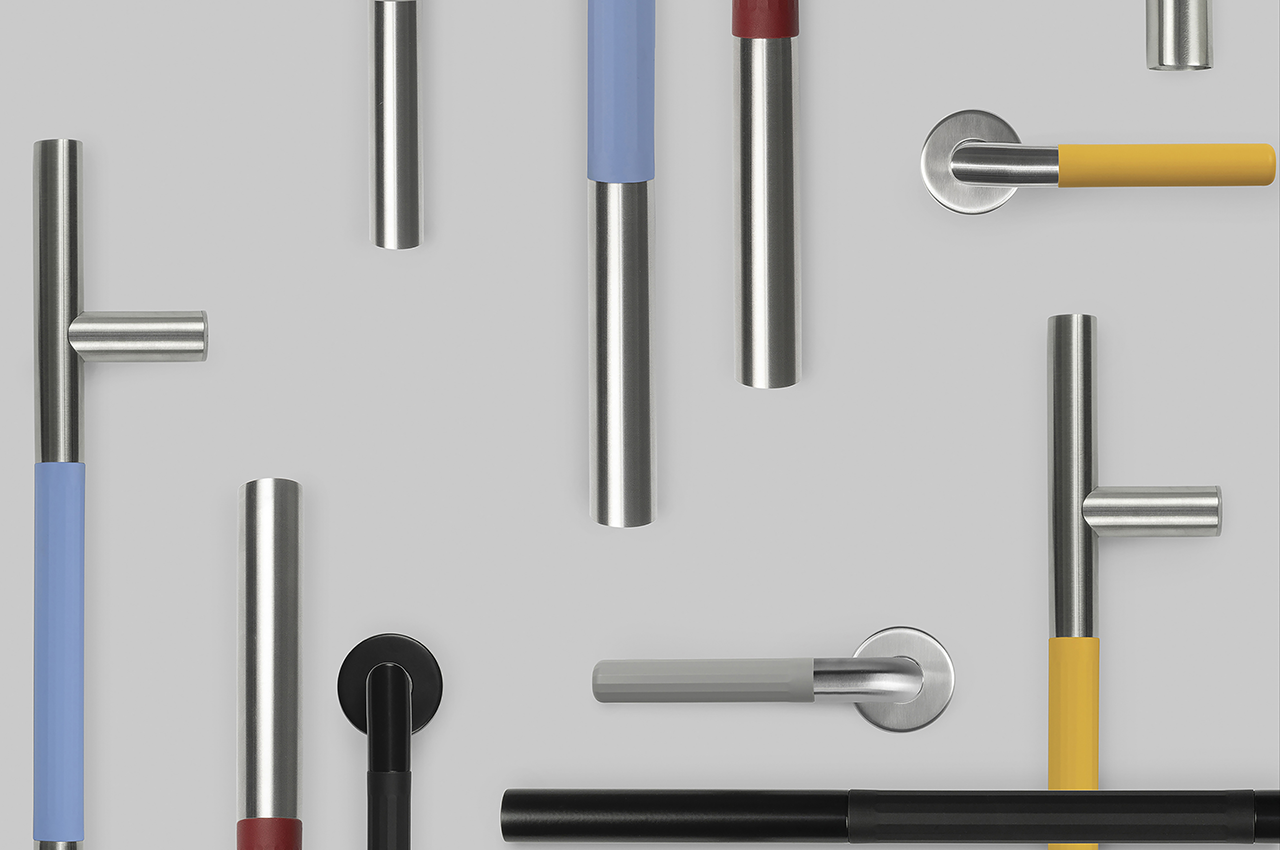
As we celebrate Earth Day, let’s take a minute to talk about what it means to achieve responsible design in today’s world: a balanced social, environmental, and economical approach focused on ethical practices that are inclusive and sustainable. Boiled down to its essence, responsible design is created with all people and the planet at its core. Earth Day was not only founded to share much-needed information and bring attention to protecting our planet, but also as a reminder that we should be creating a better world for all of its inhabitants.
We’ve shared Aquafil brand ECONYL® nylon before, impressed by the recycled material’s innovative recycling process and high quality. The ECONYL® Regeneration System takes fishing nets, carpeting, and industrial plastic waste that’s sorted and cleaned before the recovered nylon waste is recycled back to its original purity. At the end, ECONYL® regenerated nylon has exactly the same quality and performance as fossil-based nylon. It’s then turned into yarns and polymers used by brands in the fashion, interior, interiors, hospitality, and automotive industries to create new products. The material can then be recycled infinitely when fed back into the same process without losing quality.
In the architecture and design industries, responsible design means considering materials and choosing those that are better for the environment and more functional for end users, such as ECONYL® regenerated nylon. The meaning branches out further when the fast-growing field of inclusive design enters the conversation. Creating spaces that help neurodivergent individuals feel more comfortable by considering potential hypo- and hypersensitivities related to touch, sound, smell, temperature, etc., is only going to become more prevalent in the future. After NeoCon 2023, ThinkLab even called attention to the number of approachable, user-friendly solutions that are lightweight, easy to reconfigure, and can adapt over time that were present at last year’s tradeshow.
“The topic of inclusive design is going to become more prevalent as designers are asked to reimagine shared spaces, like offices and community centers. Groups collaborate better when everyone thinks and works differently, but those differences also come with varying environmental sensitivities and preferences. Inclusive design is considerate of all people,” says Maria Giovanna Sandrini, Chief Communication Officer of Aquafil Group.
That said, how can designers further support responsible, inclusive design? We’re going to have to dig deeper than appearance into the science behind design to create more products and spaces that can be used and enjoyed by all. Our brains are wired in many different ways, and searching out flexible solutions that will benefit everyone will also serve to empower and support each person’s needs by creating environments that respect and accommodate equity, diversity, and inclusivity. This period of design is an exciting one to be working in, with the opportunity to influence the quality of life for both individuals and the community on a large scale.
Italian design and manufacturing organization, pba, worked in collaboration with RainlightSTUDIO and Kay Sargent, a cognitive and sensory wellbeing design consultant, to make conscious design decisions that consider the tactile preferences of the neurodiverse population. Using ECONYL® nylon for the grips, they created the TOCCO Collection: sustainable, interchangeable handles, levers, and pulls designed to consider people and the planet. Made to be easily disassembled and 100% recycled, they’re available in a range of colors and two hand grips – smooth and textured – so there’s no compromising on options or style.
“Architecture and psychology are an inseparable pairing. When we design spaces, we must think about the way people perceive and interact with their environment,” says Erica Anesi, CEO of pba. “We must also think about how the things we create impact the planet, from how materials are sourced to where they end up at the end-of-life.”
One of the biggest challenges currently related to inclusive design is how to communicate it more effectively. While there are existing ways to measure environmental impact, evaluating inclusivity and product impact is still being investigated. By creating modular, adaptable spaces with innovative materials like ECONYL® nylon, we know that designs can work better for all people while being easier to disassemble, repair, reuse, and recycle. “Modular, adaptable designs are the future. Furniture, hardware, and flooring that are designed to be easily disassembled can be installed and positioned for different preferences,” says Sandrini.
To learn more about how you can incorporate ECONYL® nylon into your next responsibly designed product or project, visit econyl.com/interiordesign.
